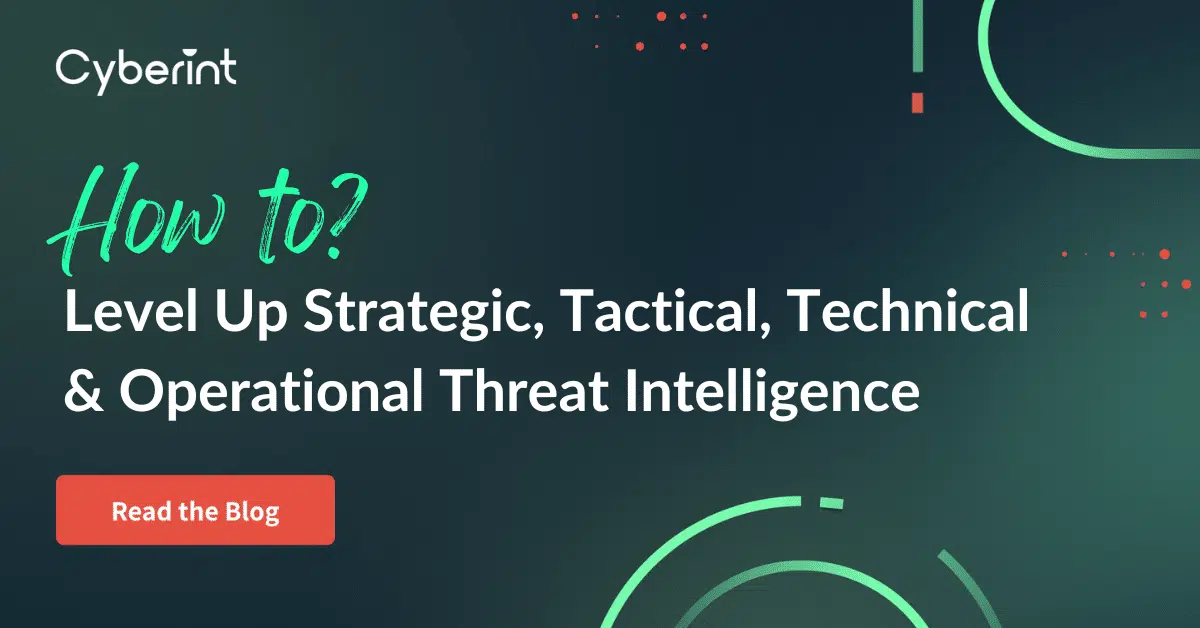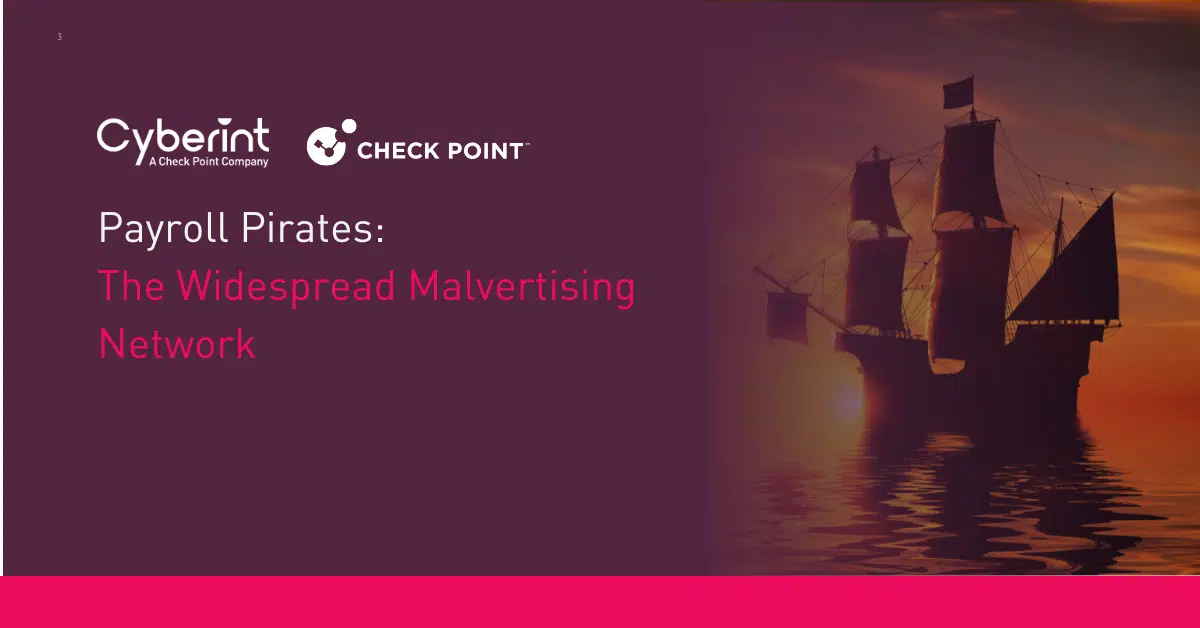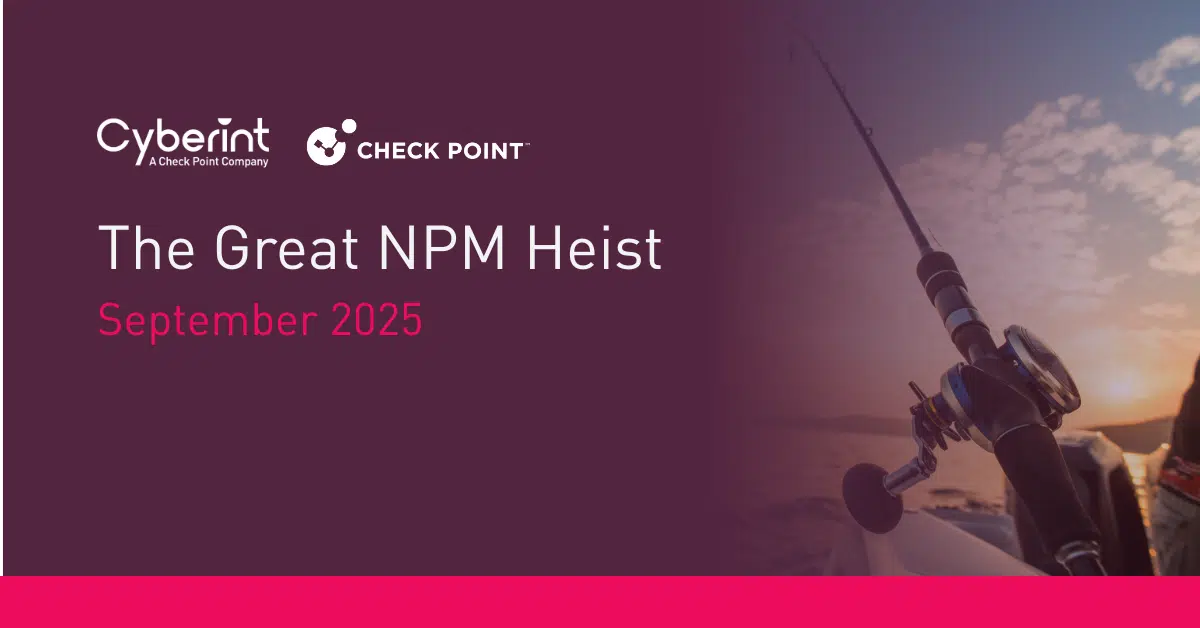



I love to get stuck in and let the creative juices flow. My strengths lie in idea generation, development and execution. Over 5 years experience in B2B cybersecurity. I reign supreme when my imagination and creativity can run wild.
As threat intelligence evolves, mature organizations view it as a complex, multi-layer process.
The standard Threat Intelligence cycle famously includes five stages: Planning, Collection, Analysis, Production (AKA reporting), and Dissemination. But this cycle can be viewed and conducted with different approaches in mind. As we understand the difference between strategic, tactical, technical, and operational Threat Intelligence, we’ll see what that means. Without this vital process, it would be hard to achieve the main goal for which Threat Intelligence exists: To proactively identify and mitigate threats.
Before we go into detail, it’s important to note that while the questions we ask may apply to most organizations, the Prioritized Intelligence Requirements (PIRS) aren’t one-size-fits-all. Each organization must determine them based on specific, relevant parameters.
When all of the above are put in place, intelligence becomes relevant, prioritized, and contextualized. Only then does the volume of threat intelligence become manageable.
To form the organization’s TI strategy, we ask who is targeting us and why. Threat Intelligence leaders investigate the identity and motive of current and potential threat agents. If a specific industry becomes more attractive for malicious cyber groups, what does that mean for our organization? What do we stand to lose if this threat isn’t addressed? These questions are both the starting point and final conclusion.
Now that we’ve characterized the possible threat actors, we ask how they will try to cause harm to the organization and where they might operate (The deep web? On Telegram? On the open web? By asking these questions, we begin to focus on environments and platforms that could serve threat actors, building the security plan accordingly. This is the transition stage between strategy and action, covering detailed daily tasks for the team.
A more detailed How is being asked at this point, as we list possible resources the attacker might use to execute their plan. Technical threat intelligence looks at indicators of Compromise (IoCs) like IP addresses, domains, file hashes, and more.
Once again, we repeat a question but view it through a different lens and at a lower level. We ask what actions the attackers will take. Answers to this question will be revealed by studying the Tactics, Techniques, and Procedures (TTP). These parameters are short-lived and can change relatively fast.
Threat intelligence turns security queries into Threat Intelligence layers. For instance, when we want to know which units within the organization are at risk, this is a strategic question. Identifying the risks within the industry is operational, and listing the IoC our SOC team should focus on is tactical.
In addition to the descriptions above, threat intelligence layers differ in the following ways.

One might be tempted to skip some stages and move faster from concept to action. Here’s why cutting corners isn’t wise.
CISOs everywhere know that improving the time and cost invested in the threat intelligence process is critical. Cyberint offers crucial threat intelligence for each layer, managed by our military-trained analysts and proprietary automation using the company’s Argos platform. Strategically, our research team is constantly researching emerging threat actors, ransomware groups, dark web forums, and trends. This level of threat intelligence is then tailored to specific attack surfaces, ensuring you only receive critical and relevant alerts.
Operationally, our threat intelligence team will continuously alert on current attacks and how they relate to your attack surface. Technically, your SOC team will receive the latest IOCs with in-depth investigations and context. Tactically, your team will be able to prioritize which threats to mitigate first, as the threat intelligence will be tailored and prioritized based on your attack surface.
Recognized by Gartner, Cyberint creates a smooth path that leads to a clear and complete vision for everyone involved. Our tailored solution understands that every team is different, making cookie-cutter solutions and long, unprioritized threat intelligence feeds far less effective.
A comprehensive threat intelligence solution asks what the types of threat intelligence are, considering and enhancing each one. It offers both executives and team members the resources and technologies they need to make wise decisions. The security blanket cannot afford to be too short and must cover every part of the process to offer sufficient protection.
Contact our representatives today to find the best multi-layer solution for your organization.

©1994–2025 Check Point Software Technologies Ltd. All rights reserved.
Copyright | Privacy Policy | Cookie Settings | Get the Latest News
Fill in your business email to start


